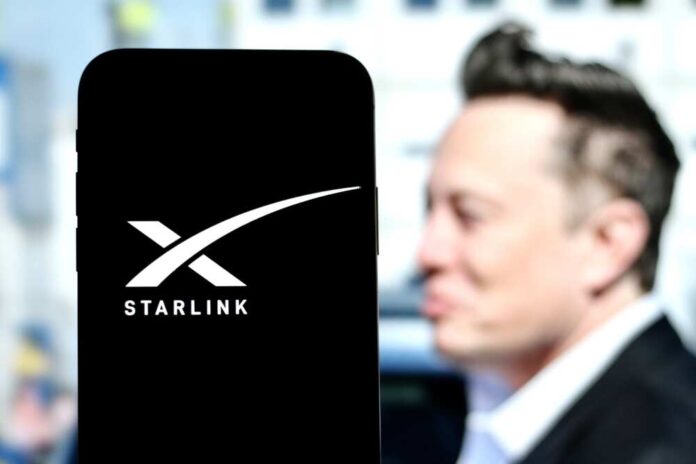
Elon Musk is revolutionizing emergency communications with a promise to provide free Starlink services globally during crises.
SpaceX CEO Elon Musk declared that Starlink would offer free emergency services access for cellphones worldwide. This initiative leverages Starlink’s satellite internet infrastructure to ensure reliable connectivity during critical emergencies. Musk’s declaration highlights the significant role satellite technology can play in bridging communication gaps where traditional network infrastructure fails, potentially positioning Starlink ahead of conventional mobile carriers.
On his social media platform X, formerly known as Twitter, Musk highlighted the life-saving potential of this service: “SpaceX Starlink will provide emergency services access for mobile phones for people in distress for free. This applies worldwide, subject to approval by country governments. Can’t have a situation where someone dies because they forgot or were unable to pay for it.” The initiative aims to cover mobile “dead zones” globally using T-Mobile’s PCS G Block spectrum.
After thinking it through, SpaceX Starlink will provide emergency services access for mobile phones for people in distress for free.
This applies worldwide, subject to approval by country governments.
Can’t have a situation where someone dies because they forgot or were unable…
— Elon Musk (@elonmusk) August 27, 2024
SpaceX and T-Mobile are actively seeking approval from the FCC for their direct-to-cellular Starlink technology. The deployment of this technology relies on regulatory consent from individual countries. The FCC confirmed that this technology’s deployment requires specific regulatory approval, emphasizing the significance of global regulatory institutions in the service’s rollout.
“Direct to cell technology will really benefit public safety communications and first responders,” an FCC representative stated.
In a statement, FCC Chairwoman Jessica Rosenworcel expressed support for integrating satellite and wireless communications into a Single Network Future. This approach could significantly improve emergency response capabilities, offering Wireless Emergency Alerts in remote areas lacking terrestrial coverage. However, the exact workings of these emergency services remain under wraps, as SpaceX has not provided further comments.
BREAKING: Elon Musk just announced that SpaceX Starlink will provide emergency services access for mobile phones for people in distress for free.
This applies worldwide, subject to approval by country governments.
— DogeDesigner (@cb_doge) August 27, 2024
Starlink’s potential to offer emergency communication services globally marks a new era in satellite technology deployment. By addressing mobile “dead zones,” this service could save countless lives in remote areas. SpaceX’s system aims to connect first responders and send emergency alerts where traditional mobile networks are unavailable. The move has attracted attention and support from public safety advocates and FCC officials alike.
“To provide Wireless Emergency Alerts to everyone, including non-T-Mobile customers, in areas where there is no terrestrial coverage.” SpaceX has launched nearly 130 direct-to-cellular satellites in the past eight months, with more planned. Still, they face competition from major U.S. cellular providers AT&T and Verizon, who have raised concerns about potential network disruptions.














